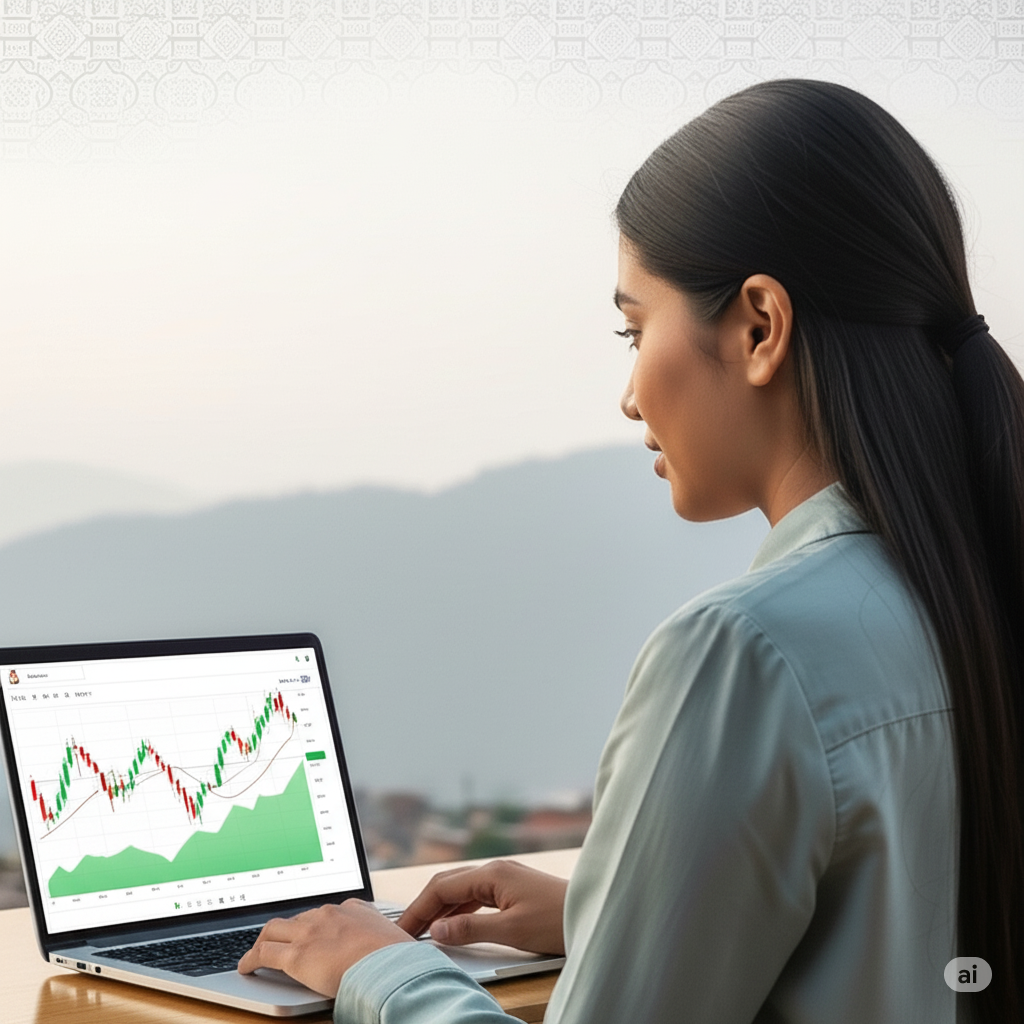Navigating the 2026 Global Economy: Key Trends & Tips for Personal Finance
As we stand in mid-2025, looking ahead to the Global Economy 2026, a sense of cautious anticipation prevails. While predicting the future with certainty is impossible, current analyses from organizations like the OECD and IMF suggest a period of potentially slower global growth and lingering, albeit moderating, inflationary pressures. For individuals, particularly young adults and those planning their financial future, understanding this broad economic outlook is crucial for managing money in 2026 effectively. This guide offers a simplified overview of potential future economic trends and practical personal finance tips to help you navigate the times ahead.
The Global Economic Landscape: What to Expect in 2026 (Simplified Overview)
Based on current outlooks (as of May 2025), here’s a general picture:
Slower Growth: Global GDP growth is projected by some institutions to be around 3.0% in 2026. This is a slowdown compared to some previous periods and varies significantly across countries. For instance, the United States might see growth around 1.6-1.7%, while the Euro area could be around 1.2-1.4%, and China's growth might moderate to around 4.0-4.4%.
Persistent (but Moderating) Inflation: While inflation may have peaked from its recent highs, it's expected to remain a feature of the economic landscape. For G20 economies, annual headline inflation could be around 3.2% in 2026. This ongoing inflation impact 2026 means that the purchasing power of your money will continue to be a key consideration.
Key Influencing Factors:
- Policy Uncertainty: Changes in government policies, trade tensions, and geopolitical events can create volatility.
- Digitalization & AI: The rapid adoption of digital technologies and AI continues to reshape industries, offering productivity gains but also creating shifts in labor markets.
- Green Transition: The global push towards sustainability and cleaner energy will involve significant investment and economic adjustments.
- High Public Debt & Asset Valuations: These remain underlying risks in some economies.
Disclaimer: Economic forecasts are subject to change based on evolving global events. This is a general overview based on information available around May 2025.
Your Financial Toolkit: Managing Money in 2026
In such an environment, proactive personal finance management is more important than ever.
Revisit and Refine Your Budget:
- Why it’s crucial: A budget is your primary tool for understanding where your money is going and making conscious decisions.
- Action: Track your income and expenses meticulously. Differentiate between needs (rent/mortgage, groceries, essential bills) and wants (entertainment, dining out). Consider using the 50/30/20 rule (50% needs, 30% wants, 20% savings/debt repayment) as a starting point and adjust it to your circumstances.
Bolster Your Emergency Fund:
- Why it’s crucial: Economic uncertainty can bring unexpected job changes or expenses. An emergency fund acts as a financial safety net.
- Action: Aim to have 3-6 months' worth of essential living expenses saved in an easily accessible, liquid account. If you don't have one, start building it, even with small, regular contributions.
Smart Saving Strategies:
- Set Clear Goals: Knowing what you're saving for (a down payment, education, travel, retirement) provides motivation.
- Automate Savings: Set up automatic transfers to your savings account each payday.
- Combat Inflation: While standard savings accounts are safe, their interest rates may not always keep pace with inflation. Explore high-yield savings accounts if available and appropriate for your short-term savings, but be aware of any conditions.
Navigating Inflation and Slower Growth
- Conscious Spending:
- Be more mindful of discretionary spending. Look for value, compare prices, and delay non-essential large purchases if possible.
- Cut back on unused subscriptions or memberships.
- Consider cooking more at home versus eating out frequently.
- Managing Debt:
- Prioritize paying down high-interest debt (like credit card balances) as quickly as possible, as inflation can make the real cost of holding debt higher.
- Be cautious about taking on new, significant debt, especially for depreciating assets.
Investing in 2026: A Cautious but Forward-Looking Approach (General Investment Outlook)
Investing during uncertain economic times requires a balanced approach. This is not financial advice; always consider consulting with a qualified financial advisor for personalized guidance.
- Diversification is Key: Don't put all your eggs in one basket. Spreading your investments across different asset classes (e.g., stocks, bonds, potentially real estate or other alternatives, depending on your risk tolerance and local market) can help mitigate risk.
- Maintain a Long-Term Perspective: Market volatility is normal. Avoid making panic-driven decisions based on short-term fluctuations. Focus on your long-term financial goals.
- Consider Inflation Hedges (with caution): Certain assets are traditionally considered better at holding their value during inflationary periods. However, these also come with their own risks and require careful research.
- Focus on Value and Strong Fundamentals: Look for quality investments in companies or sectors with solid fundamentals and growth potential, even in a slower economy. Sectors like technology (especially AI-related) and healthcare may continue to offer opportunities.
- Dollar-Cost Averaging: Investing a fixed amount regularly, regardless of market highs or lows, can help average out your purchase price over time.
Adapting and Thriving in the Evolving Economy
- Upskill and Enhance Career Adaptability: In a changing economy, continuous learning and acquiring in-demand skills (especially digital and AI-related skills) can improve job security and earning potential.
- Explore Additional Income Streams: If your situation allows, consider a side hustle or leveraging your skills for freelance work to supplement your primary income.
- Stay Informed (but Don't Obsess): Keep an eye on major future economic trends and news, but avoid letting constant media noise drive emotional financial decisions.
Conclusion: Building Resilience for 2026
Navigating the Global Economy 2026 will require awareness, planning, and adaptability. While general economic outlooks may point to slower growth and persistent inflationary pressures, these are not insurmountable challenges for your personal finance. By diligently managing money in 2026 through careful budgeting, robust saving strategies, cautious and informed investing, and a commitment to conscious spending, you can build financial resilience and continue working towards your long-term goals. Empower yourself with knowledge and proactive habits to face the future with confidence.
Please login to leave a comment.


 Rakesh Rajbhat
Rakesh Rajbhat




